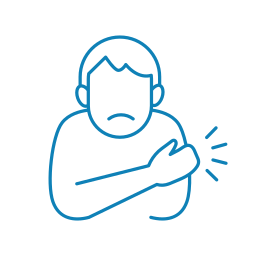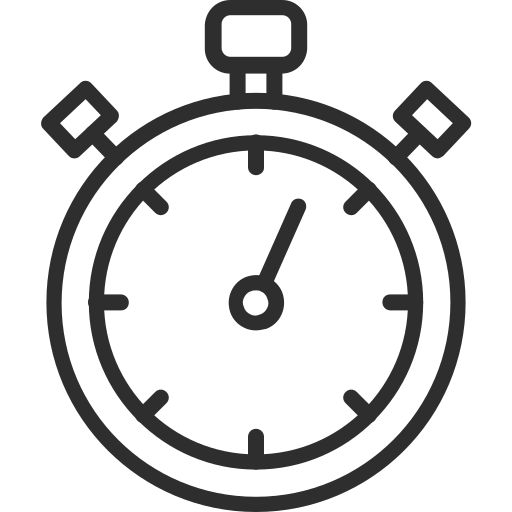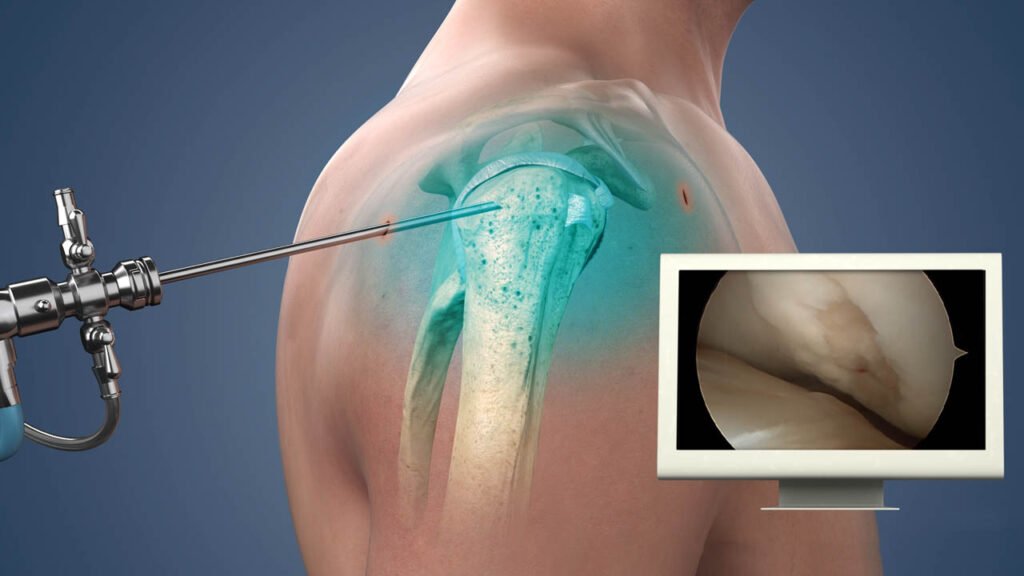Symptoms of a Dislocated Shoulder
A dislocated shoulder occurs when the ball of the upper arm bone (humerus) is forced out of its socket in the shoulder blade (glenoid). It is a painful injury, and recognizing its symptoms early can help ensure prompt treatment.

Restricted or painful movement

Swelling and bruising

Visible deformity of the shoulder









